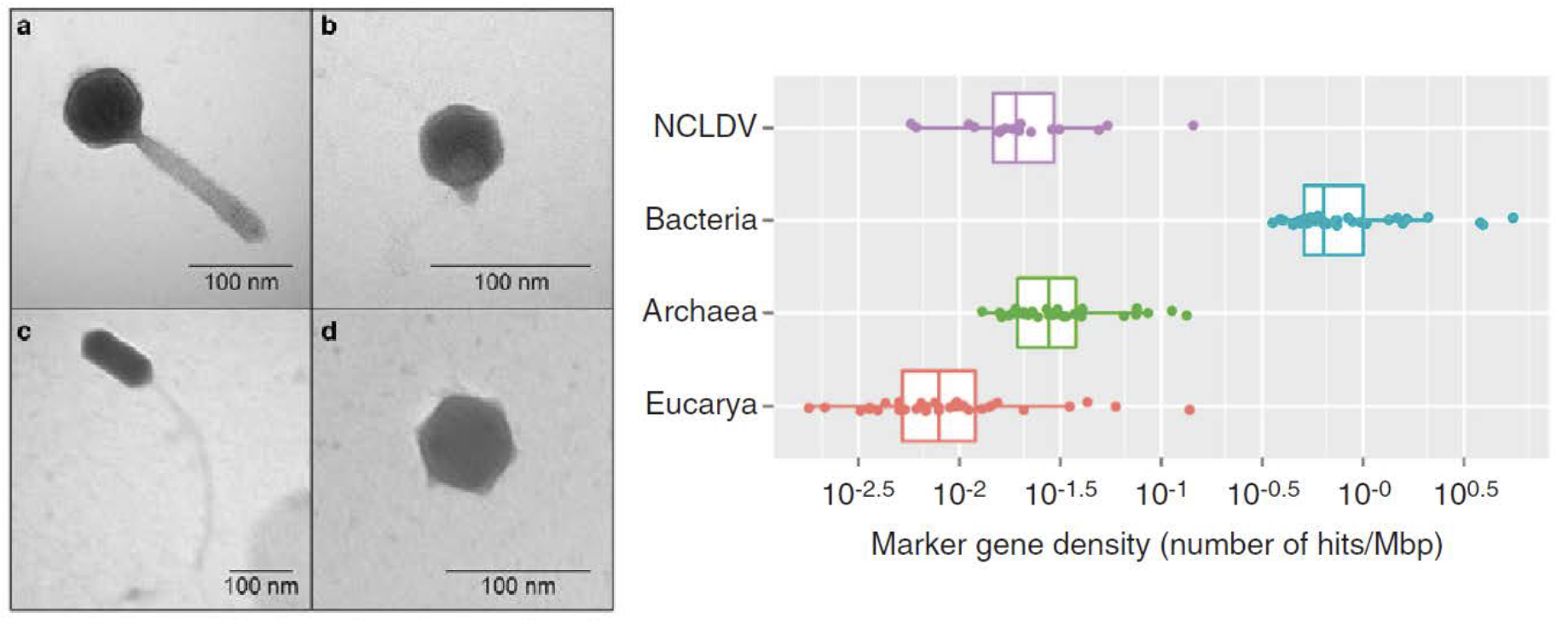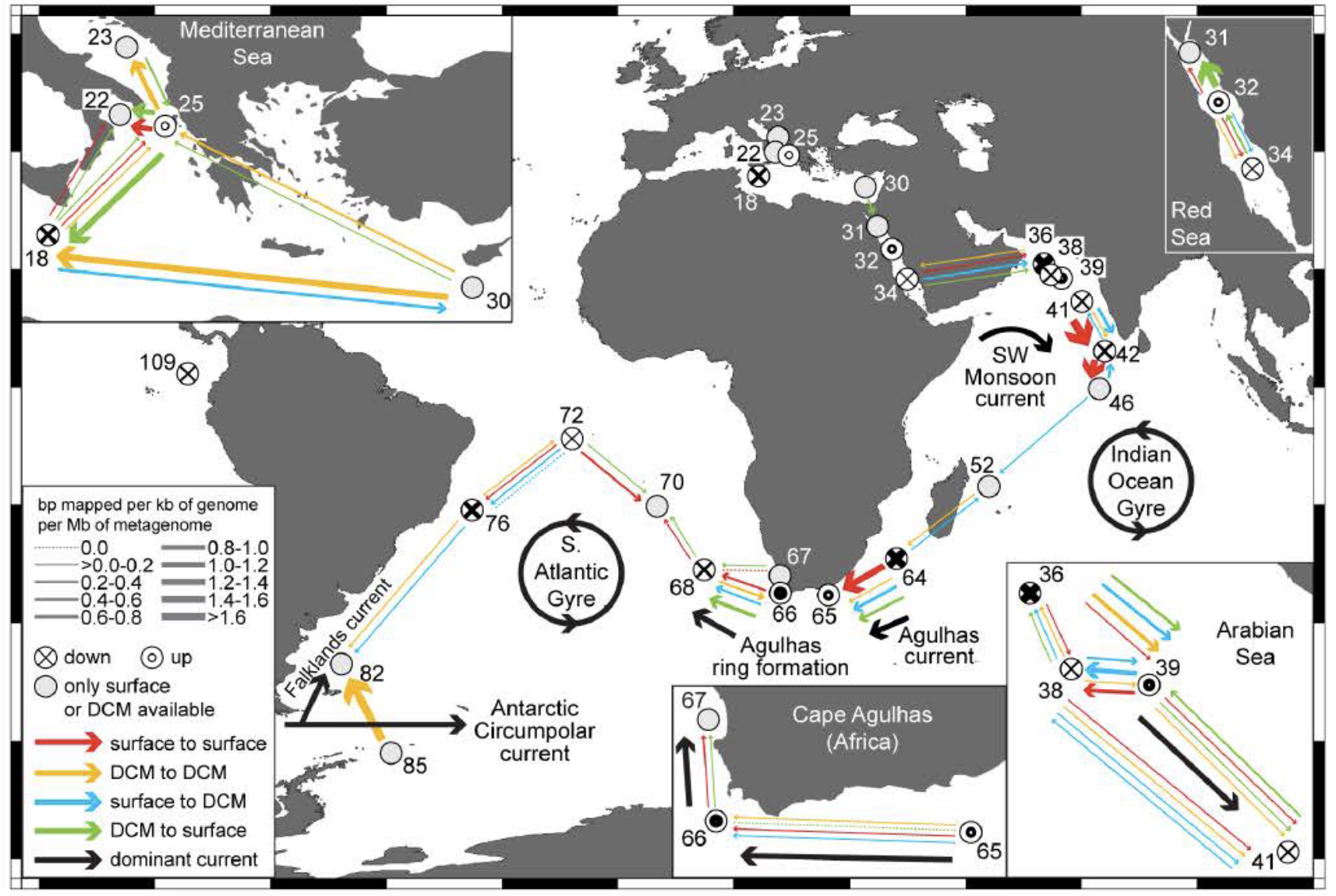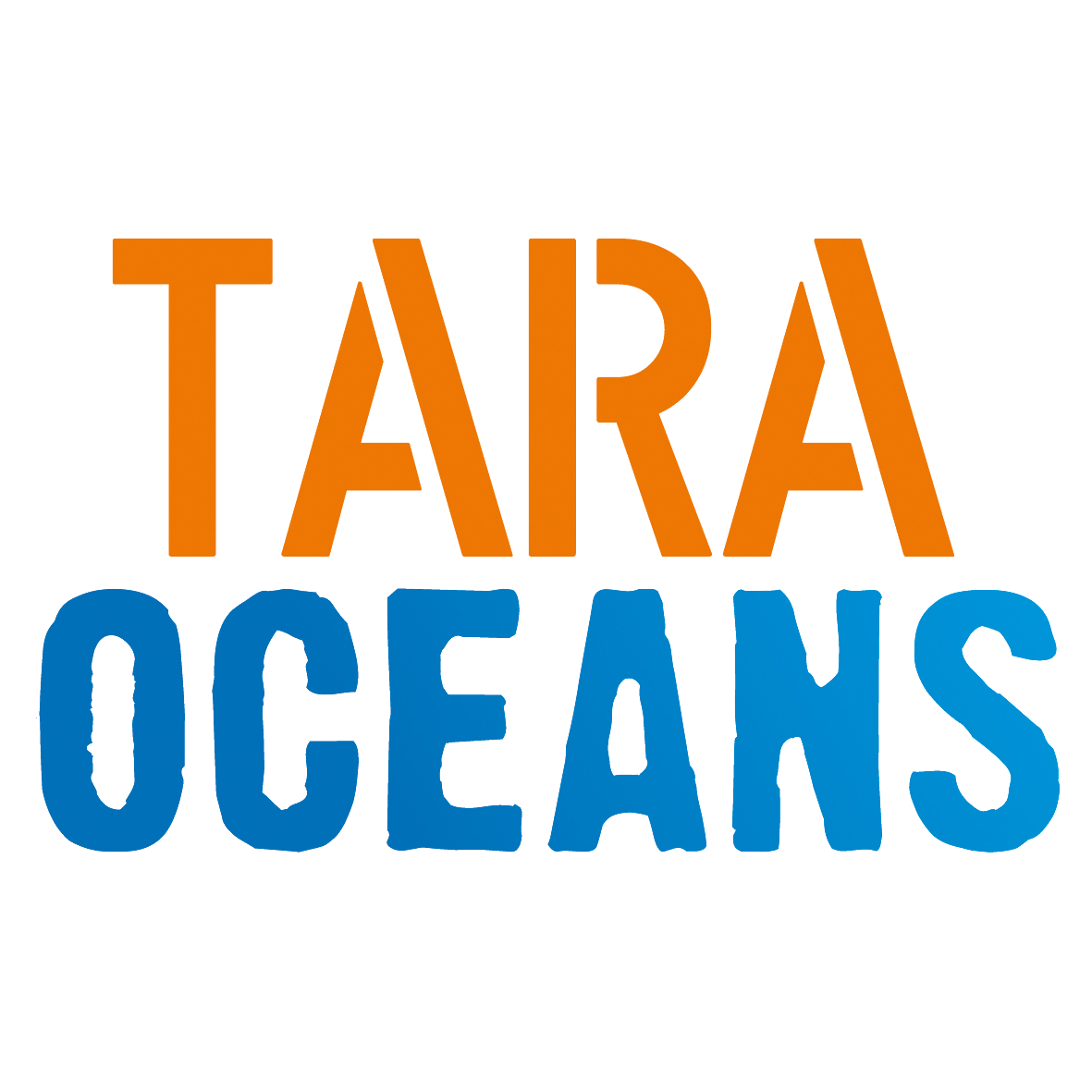In 2009, the baseline knowledge of ocean virus diversity and ecological genomics was incredibly low. This is because viruses have until very recently been near impossible to study due to the lack of experimental and informatics tools to ‘access’ viruses in nature. Tara Oceans transformed all that. We now know that there are tens of thousands of viral ‘types’ in the oceans, most of which were captured in the Global Ocean Virome dataset and are now incorporated into a novel network-based taxonomy (Brum et al., Science, 2015; Roux et al., Nature, 2016) that is currently serving as the best tool to explore the ‘dark matter’ that dominates the virosphere (Simmonds et al., Nature Rev. Microbiol., 2017) (Fig. 3). Novel analytical approaches have also linked many of these viruses to ecologically important marine prokaryotic hosts, and advanced our understanding of how viruses metabolically reprogram their hosts during infection by directly modulating key metabolic genes (Roux et al., Nature, 2016; Nishimura et al., mSphere, 2017).
Eukaryotic viruses are even more difficult to capture, as they are less abundant than prokaryotic viruses. Nevertheless, Tara Oceans’ deep sequencing has provided the first global map of the eukaryotic virosphere (Villar et al., Science, 2015; Hingamp, ISME J., 2013; Lescot et al., ISME J., 2016). Together, these maps and the study of the associated genomes have led to improved understanding of how eukaryotic viruses impact the evolution of their host’s sexual life cycle (von Dassow et al., ISME J., 2015), and which environmental factors drive viral community structure, both for certain species of giant viruses (Clerissi et al., Appl. Environ. Microbiol., 2014; Clerissi et al., Virology, 2014; Clerissi et al., Environ. Microbiol. Rep., 2015) and for prokaryotic viral communities (Brum et al., Science, 2015) and genera (Roux et al., Nature, 2016) (Fig. 3). From these vastly advanced baselines, viruses have emerged as central players in the global ocean ecosystem, e.g. just a handful appear to be the best predicters of climate-impacting carbon flux from the surface to the ocean interior in the oligotrophic ocean (Guidi et al., Nature, 2016).


Figure 3. Tara Oceans virus morpho-genetic study. Upper left: Morphologies of prokaryote- infecting viruses observed in Tara Oceans samples: (a) myovirus; (b) podovirus; (c) siphovirus; (d) non- tailed virus. The understudied non-tailed viruses emerged as being the most representative in our meta-omics datasets. Upper right: taxonomy marker genes suggest that the abundance of giant DNA viruses (NCLDV) infecting eukaryotes exceed the abundance of their host by one order of magnitude, a pattern reminiscent of the 1 to 10 ratio between the abundance of bacteria and phages. Bottom panel: (f) Our first global virome analysis indicated that viral communities were passively transported by oceanic currents and locally structured by environmental conditions that affect host community structure.
